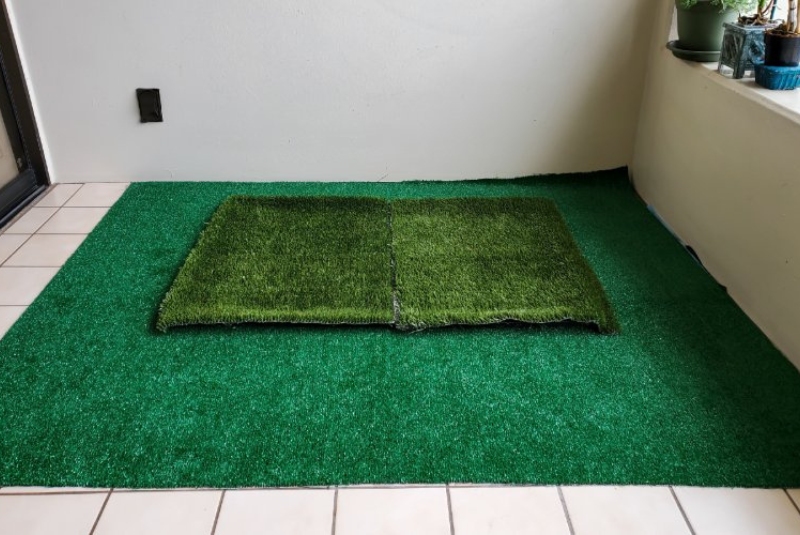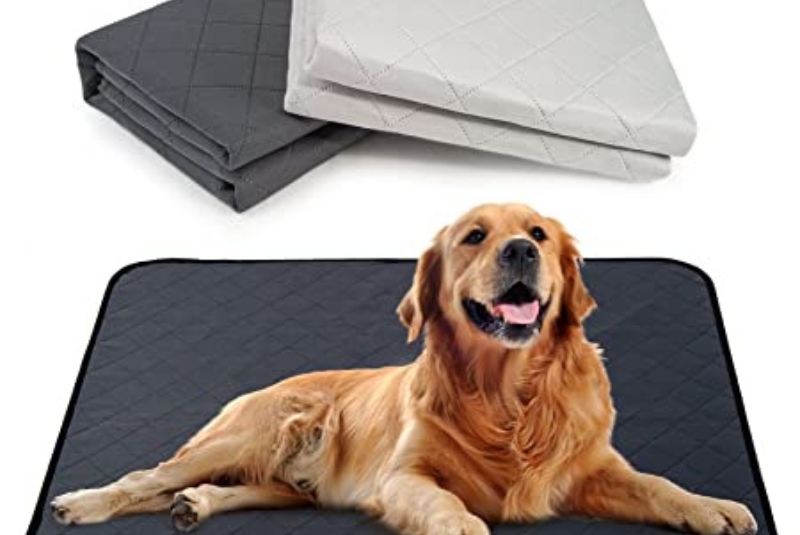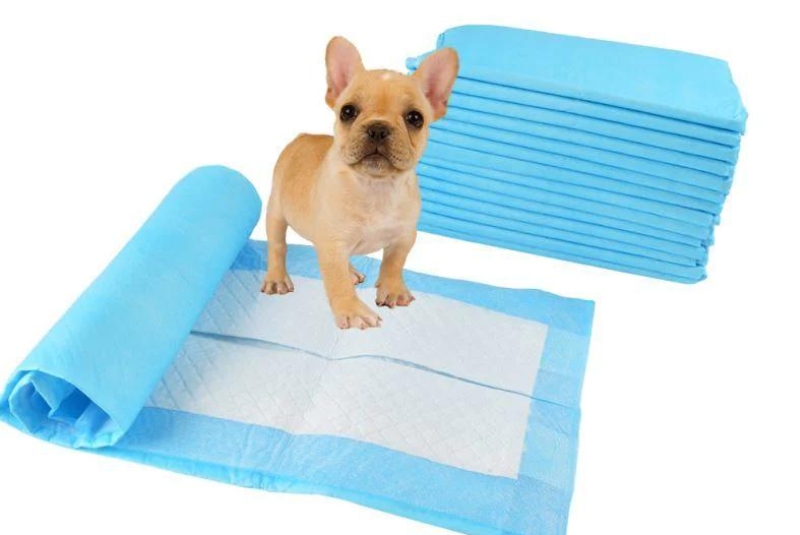Every tiny effort matters in our drive to become more ecologically conscious, “The Three Rs of Recycling Your Dog’s Pee Pad?” The disposal of our animal companions’ urine pads is an often ignored part of waste reduction. Yes, you read that correctly! There are methods for recycling and reducing the environmental impact of your dog’s pee pads. In this post, we’ll look at the three Rs of dog pee pad recycling: reduce, reuse, and repurpose. So, let us set out on a path to a greener, more sustainable manner of dealing with pet trash.
Reducing Waste
1. Choose Eco-Friendly Pee Pads
When it comes to pee pads, not all are created equal. Opt for biodegradable or compostable pee pads. These products are designed to break down naturally, reducing the environmental impact significantly.
2. Train Your Dog
Invest time in training your dog to use the pee pad more efficiently. This way, you can use fewer pads overall. Proper training can go a long way in minimizing waste.
Read Also: Crate Training an Adult Dog?
Reusing The Three Rs of Recycling Your Dog’s Pee Pad?
- Washable Pee Pads
Consider switching to washable pee pads made from durable materials. These can be used multiple times, reducing the number of disposable pads you need to buy and dispose of.
- Liners and Covers
Use liners or covers on top of disposable pee pads. These can be changed and washed, extending the life of the underlying pad.
Dog Grass Pad for The Balcony?

A dog grass pad for a balcony is a terrific option for pet owners who live in flats or condominiums and wish to offer their dogs with a handy outdoor-like location to relieve themselves. Here are some things to think about while installing a dog grass pad on your balcony:
- Measure Your Balcony: Before you purchase any materials, measure your balcony space to determine the size of the dog grass pad you can accommodate. Make sure it’s large enough for your dog to comfortably use.
- Choose the Right Grass: You can opt for real grass or artificial grass, depending on your preferences and maintenance capabilities. Real grass requires more upkeep, such as regular watering and replacement, while artificial grass is low-maintenance but may need occasional cleaning.
- Container or Tray: You’ll need a container or tray to hold the grass. The Three Rs of Recycling Your Dog’s Pee Pad? This can be a large shallow container or a custom-built wooden frame lined with a grass mat.
- Drainage: Ensure proper drainage to prevent water from accumulating on your balcony. You can drill holes in the container or use a tray with a built-in drainage system.
- Cleanup Supplies: Have cleaning supplies ready, such as a pooper scooper, disposable bags, and a hose or bucket for rinsing. For artificial grass, consider using a pet-friendly disinfectant to clean it regularly.
- Training: Train your dog to use the grass pad. This may involve placing their waste on the pad initially or using positive reinforcement when they use it correctly.
- Maintenance: For real grass, replace it as needed to prevent odors and ensure a healthy environment for your dog. For artificial grass, regularly clean and disinfect it to maintain hygiene.
- Safety: Ensure that your balcony is safe for your dog by adding any necessary barriers or railings to prevent accidents.
- Enjoyment: Make the grass pad a pleasant place for your dog. Consider adding some toys or a cozy spot for them to relax.
- Regular Cleaning: Be diligent about cleaning up after your dog promptly to maintain a clean and odor-free balcony.
Remember to verify the laws and restrictions of your apartment or condo complex regulating the usage of a dog grass pad on your balcony. What Are the Three Rs of Reusing Your Dog’s Pee Pad? Because certain structures may have unique norms or constraints. A dog grass pad might be a simple alternative for apartment-dwelling pet owners, but proper upkeep is required to maintain it a pleasant environment for both you and your furry buddy.
Repurposing Pee Pads
Weed Control
Used pee pads can serve as an effective weed barrier in your garden. Lay them down between rows to prevent weed growth.
Garage and Basement Protection
Place old pee pads in areas prone to leaks or spills, such as your garage or basement. They can absorb liquid and protect your floors.
Car Seat Covers
Cut up old pee pads and repurpose them as protective covers for your car seats. This is especially handy if you travel with your pets.
Making a Difference

By implementing these strategies, you can significantly reduce the environmental impact of your dog’s pee pads. The Three Rs of Recycling Your Dog’s Pee Pad? Taking these small steps not only helps protect our planet but also saves you money in the long run. Remember, every effort counts when it comes to reducing waste and living more sustainably.
Read Also On Quora: How do I get my dog to realize that rugs are not pee pads?
Conclusion
In the above, we discuss The Three Rs of Recycling Your Dog’s Pee Pad? Recycling your dog’s poop pads may not be something you’ve thought of previously, but it’s an easy way to help the environment. You may decrease trash and promote sustainability while keeping your furry pet happy by following the three Rs: reduce, reuse, and repurpose.
Can I compost biodegradable pee pads?
Yes, you can. Biodegradable pee pads are designed to break down naturally, making them suitable for composting.
How often should I wash washable pee pads?
It depends on your dog’s usage, but typically, once a week should suffice. Follow the manufacturer’s guidelines for best results.
Are there any special washing instructions for washable pee pads?
Most washable pee pads can be machine-washed with mild detergent. Be sure to check the label for specific care instructions.
Can I repurpose disposable pee pads for other pet-related uses?
Absolutely! You can use them as cage liners, under food and water dishes, or even as a surface protector during grooming sessions.
Where can I find eco-friendly pee pads?
You can find eco-friendly pee pads at pet supply stores, online retailers, and eco-conscious pet shops. Look for options made from sustainable materials like bamboo or cornstarch.

1 thought on “The Three Rs of Recycling Your Dog’s Pee Pad? Full Discussion”